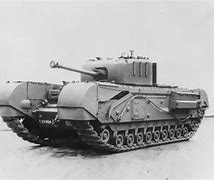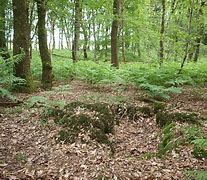What preceded in the battle for our liberation
After the failure of Operation Market Garden in September 1944, a quick opening of the port of Antwerp was top priority. Most of the supply of the necessary material for the advancing armies was still coming from the ports in Normandy, a route of some 600 km that took far too much time. The Allied army command therefore urgently drew up a plan to seize this port as soon as possible. This was to be done in conjunction with the plan for the liberation of North Brabant Operation Pheasant.
The British 49th Infantry Division -The Polar Bears- had liberated Wuustwezel from 20 to 23 October 1944 as part of Operation Rebound which aimed to cut off the German troops in South Beveland from the main force. They had liberated most of Wuustwezel up to just about the Dutch border. On 23 October 1944, the British were relieved by the US 104th Infantry Division -The Timberwolves-. It took until 24-25 October for the Americans to take over the British positions and get their troops and necessary materials on the ground. Operation Suitcase the liberation of southern North Brabant could begin. The Americans created three Regimental Combat Teams or battle groups based on the division’s three infantry regiments: the 413th, the 414th and the 415th. As the Americans had no armoured units, three squadrons of the British 147th Regiment Royal Armoured Corps with Churchill tanks, which was assigned to the British 49th Division, were added to each combat group as support. On 25 October, the Americans went on the attack on two fronts, the 415th on the left flank towards Wernhoutse Heide with Achtmaal as its objective and the 414th in the centre towards Wernhoutsburg and secondarily Wernhout. They faced fierce opposition immediately. The 415th group complained about the many deep ditches and unstable ground which meant their vehicles and the heavy tanks could barely move forward.



They also faced stiff opposition from German artillery fire and mobile guns that had taken up post around the old brickworks and Ostaaien. From Wernhoutsburg, the Germans, supported by Dutch SS troops, fired at the advancing Americans with light weapons. Both attacks came to a halt and the first losses arrived in the large field hospitals set up in Wuustwezel. We learned from German prisoners of war that their units were severely weakened, but that moving artillery and small combat groups were still active in the region. As a vacuum was threatening to develop on the right flank towards Meer, where the Polish 1st Armoured Division was to be active, the US divisional staff decided to have the 413th combat group make a circumferential attack to make contact with the Poles in Meer and thus surround the German troops near Wernhout and Zundert. Heavy and bitter fighting took place in the region of Mereltjesstraat, Beverstraat, Maalbergen and Maxburg on the Belgian side with a great cost of lives on both sides.
Some well-equipped German battle groups had entrenched themselves in the wooded terrain and the American infantrymen had to pull out all the stops to clear the area. Thanks to British tanks, the Germans could be beaten back. The 413th Group then marched via Maxburg and Maalbergen to the Zundertse- and Meerseweg roads as far as the destroyed bridge over the Aa near ‘t Paaltje. Meanwhile, the 414th group had pushed on to Wernhout and beyond to liberate Zundert on 27 October. The 415th group reached Achtmaal after fierce fighting. Breda was liberated by the Poles on 29 October. The American division continued up to the river Mark where fierce fighting still took place. It would eventually experience the end of the war far to the east of Germany.
